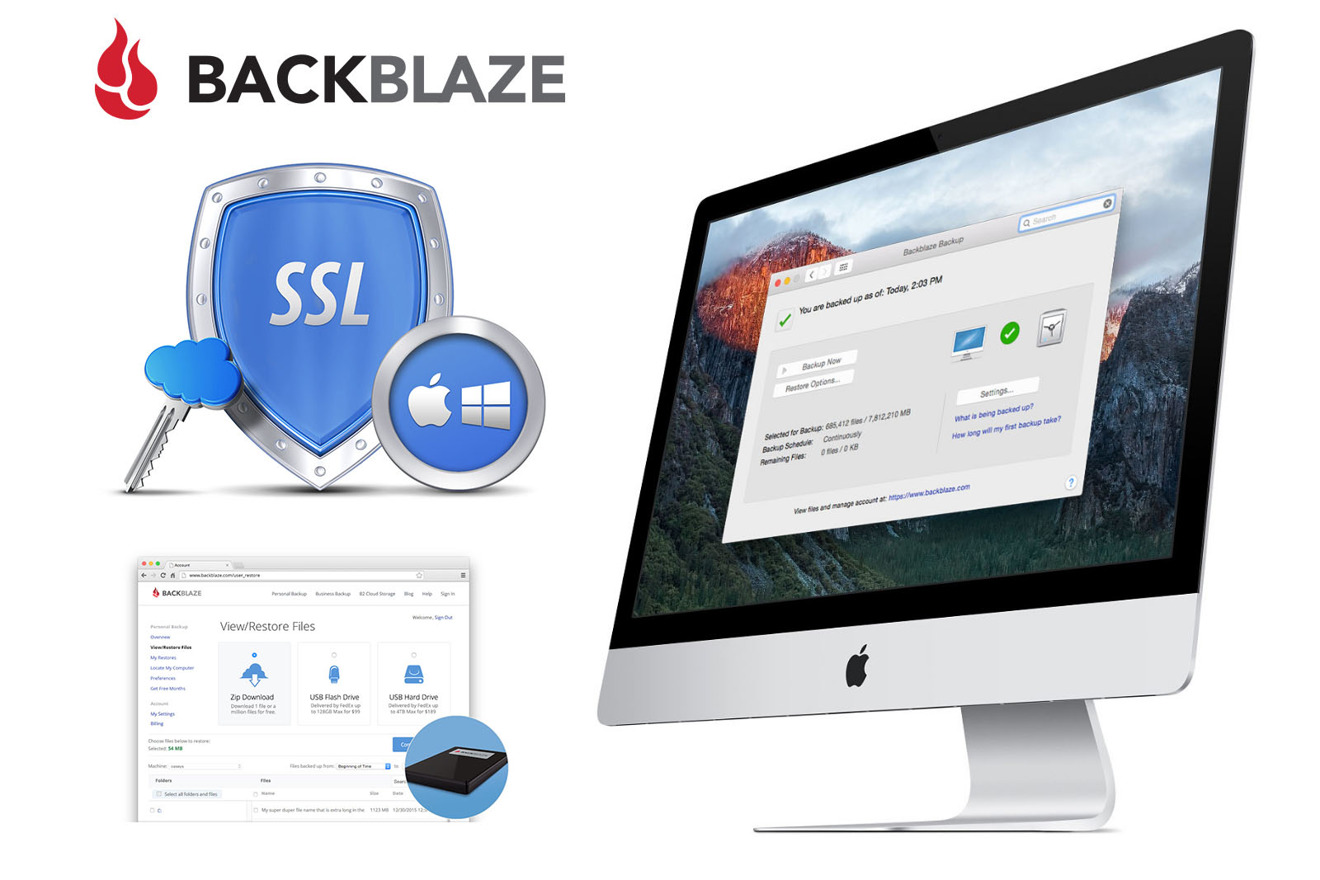


Once you’ve opened your account, copy your Account ID and Application Key to a safe place like a text file inside an encrypted folder. To back up to S3, you need a Backblaze B2 account, of course. The rest will remain on Backblaze until they’re pushed out by newer backups, up to the limit of retention days you’ve defined. That way you’ll only be saving the most recent backup on the server. Just set the retention in cPanel’s backup configuration to one, but use B2’s Lifecycle Rules to set retention to something longer, like five or ten.

The other advantage to using Backblaze is that you can save multiple versions of your backup files without taking up so much space on your server’s hard drive. That makes it a great place to stash backups that you don’t expect to ever need. Uploads and storage are dirt-cheap on B2, but download costs can be pretty hefty. The reasoning behind this is that Backblaze is much less expensive than S3 - but only if you never actually need the backups. In that event, I can select from the 10 most recent backups stored on Backblaze. The reason I do this is in case the most recent backup generated by cPanel (and copied to Amazon) is corrupt, infected with malware, or otherwise unusable. But I also send a copy of the backups to Backblaze as tertiary backups with 10-day retention, meaning that the 10 most recent backups are retained. The backups stored in /backup on the server are the primaries, and a single copy of the most recent backup copied over to Amazon S3 using cPanel’s built-in backup configurator is the secondary. I use B2 as a tertiary, or “Doomsday” backup destination. As I’ve said before, you can never have too many good backups stashed in too many different places and one of the places I stash backups of my cPanel servers is Backblaze B2.


 0 kommentar(er)
0 kommentar(er)
